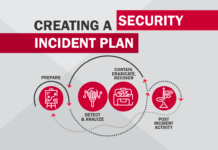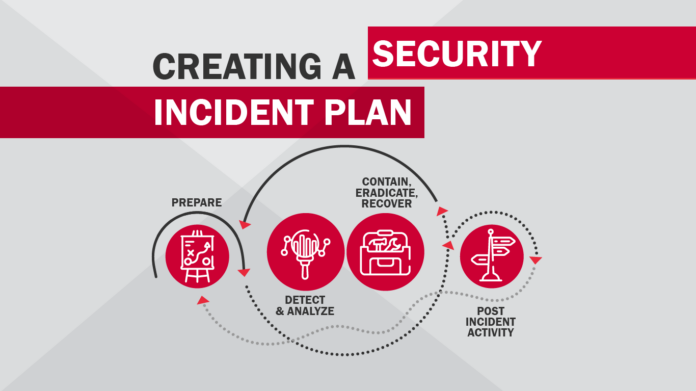In the dynamic realm of cybersecurity, an effective incident recovery and remediation plan stands as the cornerstone for organizational resilience. Beyond mere defense, it ensures a proactive response to potential threats, minimizing damage and fortifying the organization against future attacks. This comprehensive guide offers a detailed roadmap to create a cost-effective incident recovery and remediation plan, addressing critical steps to fortify your cyber defenses.
Assess Your Risks and Resources: A Holistic Examination
The inception of a robust incident recovery and remediation plan starts with a comprehensive assessment of risks and resources. Beyond merely identifying threats such as ransomware, phishing, or denial-of-service attacks, delve into the depths of your current security posture. Evaluate the efficacy of detection and response tools, existing policies, procedures, and the skill set of your cybersecurity staff. This multifaceted evaluation becomes the guiding compass, enabling organizations to prioritize actions judiciously and allocate resources efficiently.
Define Your Objectives and Metrics: A Strategic Vision
The journey to a resilient incident recovery and remediation plan requires a well-defined vision. This involves establishing clear objectives and metrics to measure success. Go beyond generic goals and embrace the SMART approach (Specific, Measurable, Achievable, Relevant, Time-bound). By setting Key Performance Indicators (KPIs), organizations can quantifiably track progress, ensuring a strategic alignment of efforts and outcomes.
Develop Your Plan and Strategy: Blueprinting Resilience
As the plan takes shape, attention shifts to the development phase. This involves outlining the intricate details of roles and responsibilities, communication channels, escalation and reporting procedures, and meticulous documentation methods. What emerges is a blueprint that defines the specific actions to be taken in response to varied incidents. From isolating affected systems to restoring backups and patching vulnerabilities, each step is a strategic move in the larger chessboard of incident recovery.
Test and Update Your Plan and Strategy: The Crucible of Resilience
A resilient incident recovery plan is one that has weathered the crucible of testing. Regular simulations and exercises become the testing grounds, revealing the plan’s readiness and resilience. This is not just a formality but a critical step to identify weaknesses and gaps. The post-test phase becomes equally crucial, demanding a meticulous review and update of the plan. Insights from real incidents and best practices feed into this iterative process, enhancing efficiency and adaptability.
Train and Educate Your Team and Stakeholders: Empowering the Frontlines
The success of an incident recovery and remediation plan rests on the shoulders of the team executing it. Hence, the focus shifts to training and education. It’s not just about imparting skills; it’s about instilling a sense of awareness and commitment. Team members need to internalize policies and procedures. Simultaneously, stakeholders – customers, partners, regulators – become integral parts of this educational journey, understanding the plan’s benefits and the expectations surrounding incident recovery and remediation efforts.
Evaluate and Optimize Costs and Benefits: Strategic Investment
In the ever-evolving landscape of cybersecurity, a cost-effective incident recovery and remediation plan is not just an expense; it’s a strategic investment. Organizations must meticulously evaluate the return on investment (ROI), considering both tangible and intangible benefits. Beyond the immediate costs, the plan’s impact on reputation, trust, and loyalty comes into play. Legal and regulatory risks also undergo scrutiny. This step becomes an opportunity to optimize costs and benefits, exploring avenues such as automation, outsourcing, and leveraging cloud services.
Conclusion: Forging a Resilient Future
In conclusion, the creation of a cost-effective incident recovery and remediation plan is not a one-time endeavor but an ongoing commitment to organizational resilience. Each step is a strategic move, contributing to the overarching goal of fortifying the organization against cyber threats. As the cybersecurity landscape evolves, so must the incident recovery plan – a living document that adapts, learns, and grows stronger with each challenge.



























